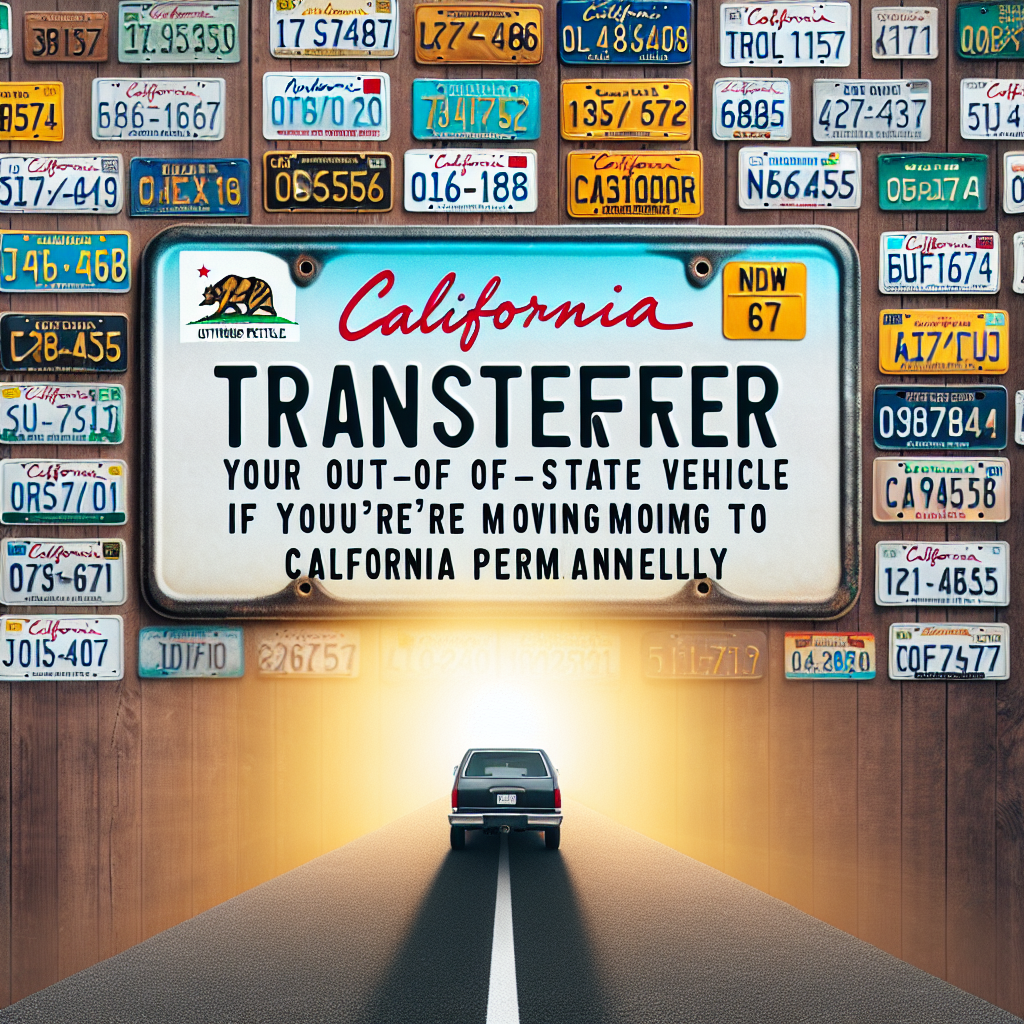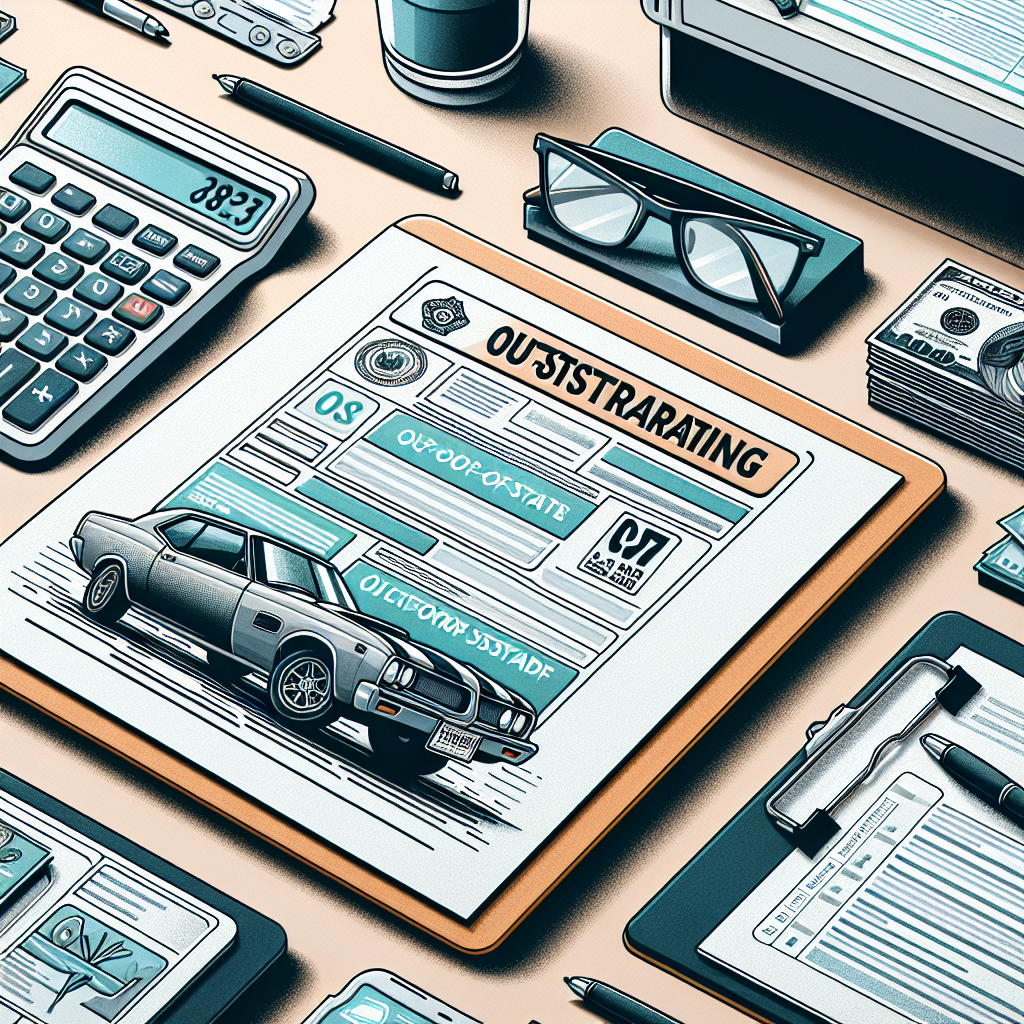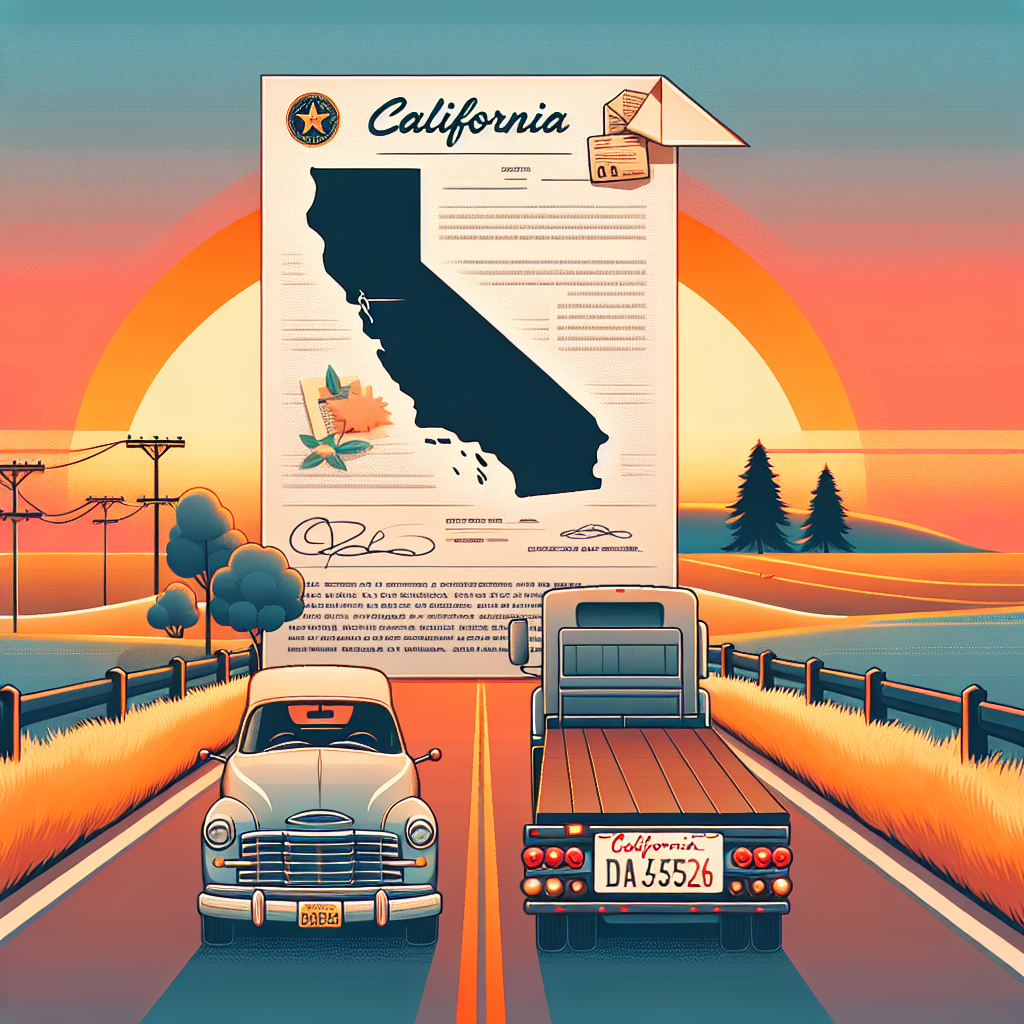How to Transfer Your Out‑of‑State Vehicle When You’re a First‑Time California Resident
Moving to California is super exciting! Whether you’re attracted by the sunny beaches, the big tech industry, or the awesome cultural scene, it’s a big adventure. But when you move, you’ll need to transfer your out-of-state vehicle registration to follow California’s rules. This guide will help you do it easily and quickly, so you won’t have to deal with any problems.
Introduction
Registering your vehicle in California is important. This is to make sure you’re following the law, avoid fines, and meet the state’s rules. The California Department of Motor Vehicles (DMV) has specific guidelines and timeframes for new residents to register their vehicles and get California license plates. Doing this is not just the law but also a step to start your new life in California right.
Step 1: Understand the Basics
Before you start with the paperwork, it’s important to know California’s vehicle registration rules. When you become a resident, you have 20 days to register your out-of-state vehicle with the California DMV. If you delay, you might have to pay a fine. You become a resident by getting a job, buying or renting a home, or sending your kids to school in California. Knowing these things helps you prepare for the steps ahead.
Step 2: Gather Required Documentation
Make sure you have all the necessary papers ready before you go to the DMV. Here’s what you need:
- Out-of-state title or registration: This shows you own your vehicle.
- Proof of insurance: Your insurance should meet California’s rules.
- Smog certification: You need this if your vehicle requires smog testing.
- Completed Application for Title or Registration (Form REG 343): Get this form online or at the DMV.
- Bill of sale: If you have it, this shows you own the vehicle.
- California driver’s license or ID: This proves you live in California.
Make sure all the documents are correct so you don’t face any delays.
Step 3: Get a Vehicle Inspection
California requires certain checks before you can register your vehicle:
- Smog check: Most vehicles need this unless they are exempt due to age or type.
- Vehicle identification number (VIN) verification: This confirms the vehicle’s identity is correct.
Schedule these checks at a licensed smog station and DMV office, or use a third-party service like Tags Clinic for vehicle verifications. Knowing what inspectors will check can make this step less stressful.
Step 4: Visit the DMV
Making an appointment with the DMV can save you time. Here’s how to handle your DMV visit:
- Forms and Accuracy: Make sure all your forms are correct before you go.
- Fee Payment: Be ready to pay registration fees. They can vary depending on your vehicle.
- Patience is Key: DMV visits can be long if you don’t have an appointment. Bring your papers, a good book, or headphones to pass the time.
Step 5: Obtain New License Plates
Once your vehicle is registered, you’ll receive new California license plates. Here’s what to do next:
- Install the plates: Most people do this themselves, but you can hire someone if you prefer.
- Explore Custom Plates: California offers special plates if you want to personalize your vehicle.
Common Mistakes to Avoid
Here are some common mistakes first-timers make:
- Missing Documents: Make sure you have all your papers to avoid extra trips to the DMV.
- Procrastination: Don’t wait too long to register your vehicle. It could cost you.
- Smog Check Surprises: Find out early if your car requires a smog test.
FAQs
- Can I keep my out-of-state plates? No, you must give them up when you get California plates.
- What if my car doesn’t pass the smog test? You may need to make repairs to meet standards before registering.
- How much does registration usually cost? It varies by vehicle, but generally ranges from $60 to several hundred dollars.
Conclusion
It’s important to transfer your vehicle registration in California as soon as possible. It’s not only the law but also helps you start your new life without worry. Begin the process early to avoid fines and ease into your new home smoothly.
Additional Resources
For more help, the California DMV website has lots of resources and forms to download. You can also consider using Tag Clinics in San Diego for expert help with DMV tasks, minus the stress.
Visit our website, give us a call, or make an appointment to make your vehicle registration easy and hassle-free!
Call to Action
We’d love to help you navigate the process of transferring your out-of-state vehicle in a smooth, hassle-free way. Consider visiting Tags Clinic located at 3845 University Ave, San Diego, CA, or give us a call at 619-777-9046. For more information, resources, and service lists, visit our website. We look forward to being a part of your California journey!









